Eliot Furness Porter (December 6, 1901 – November 2, 1990) An amateur photographer since childhood, he was known for photographing the Great Spruce Head Island owned by his family. Porter earned degrees in chemical engineering and medicine, and worked as a biochemical researcher at Harvard University
This portfolio was published by Daniel Wolf Press in 1979 and consists of 10 dye transfer prints, images that were selected from Eliot Porter's major show at the time at the Metropolitan Museum of Art. The portfolio was published in an edition of 250. The prints were made by Berkey K & L in New York and signed by Dr. Porter (1901-1990)
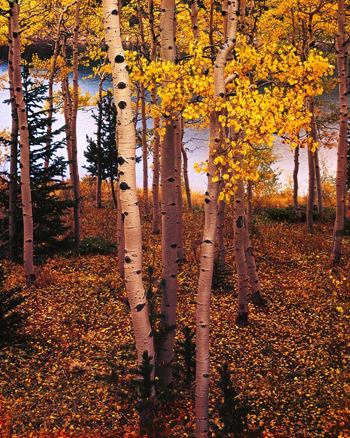
Eliot Porter, 1958-1975
Aspens by Lake, from the portfolio Trees
Dye Transfer Print
24 x 20 inches.
Eliot Porter is known as the father of color and nature photography. His classic photographs parallel Ansel Adams' achievements in black and white silver print landscapes.
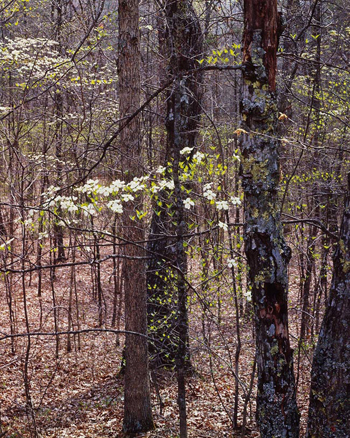
Eliot Porter, 1958-1975
Dogwood and Oak Trees, from the portfolio Trees
Dye Transfer Print
24 x 20 inches.
Porter's greatest legacy are the spectacular dye transfer prints from a series of limited edition portfolios including GLEN CANYON, 1980; IN WILDNESS, 1981; TREES, 1988 and CERTAIN PASSAGES, 1989, in which he captured the breathtaking color, spirit and "calm beauty" of the American wilderness.
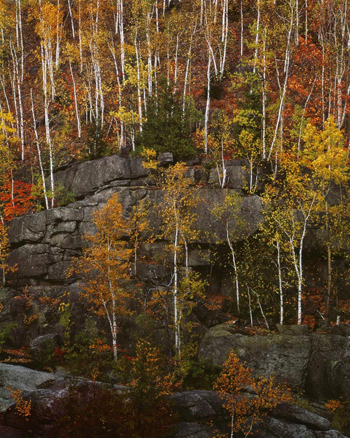
Eliot Porter, 1958-1975
Birch Trees on Cliff, from the portfolio Trees
Dye Transfer Print
24 x 20 inches.
In 1939, ten years out of Harvard Medical School, Porter gave up medicine to devote himself to photography, encouraged by Alfred Stieglitz who had exhibited his work in his gallery An American Place in 1938.
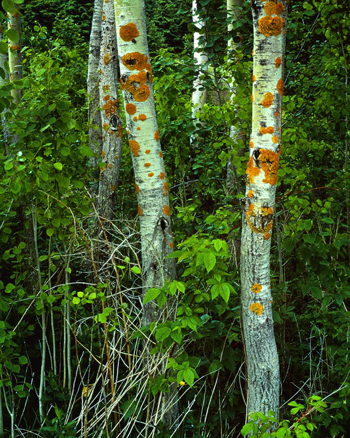
Eliot Porter, 1958-1975
Poplars with Lichens, from the portfolio Trees
Dye Transfer Print
24 x 20 inches.
Color photography had long been criticized by the art world for being too literal for serious art, yet Porter almost single-handedly overcame the art world's stubborn rejection of the medium.
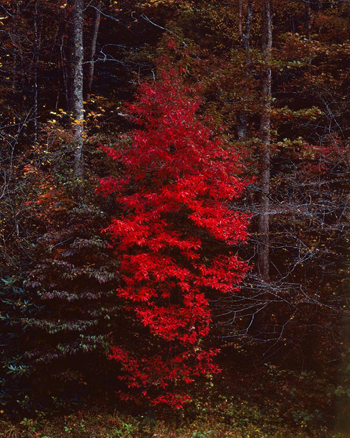
Eliot Porter, 1958-1975
Red Tree near Cades Cove, from the portfolio Trees
Dye Transfer Print
24 x 20 inches.
In 1979 The Metropolitan Museum of Art exhibited fifty-five of Porter's color photographs, the museum's first exhibition of color photography. Porter had succeeded in his efforts to "make people aware of the natural beauty around them."
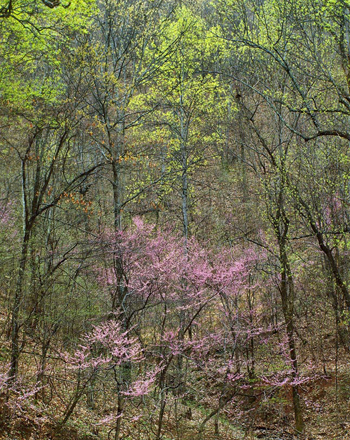
Eliot Porter, 1958-1975
Redbud and Tulip Poplar, from the portfolio Trees
Dye Transfer Print
24 x 20 inches.
"The relationships that are all-important for me in nature photography are best iillustrated in my close studies. Close is a relative term; it may refer to a spot of lichen or … a grove of trees. But in either case the photograph is an abstraction of nature — a fragment from a greater implied whole, missed but imagined, a connection which assists in holding the viewer’s attention." (Eliot Porter).
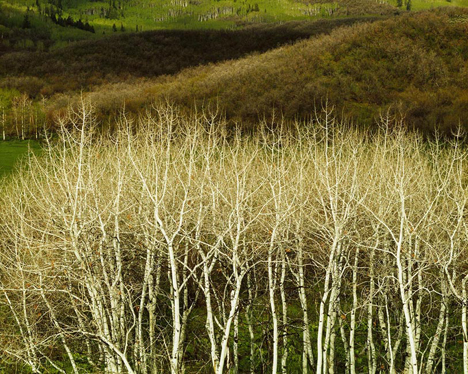
Eliot Porter, 1958-1975
White Aspens and Hillside, from the portfolio Trees
Dye Transfer Print
24 x 20 inches.
Beside color, Porter’s landscape photography is set apart by detail of the landscape. Rather than focus on scenic panoramas, Porter put himself and his camera right in the undergrowth to reveal the wonder in a narrow slice of nature. In fact, the scenes in the Trees portfolio show many of Porter’s photographs that are vertical formats of nature, rather than the more typical panorama view.
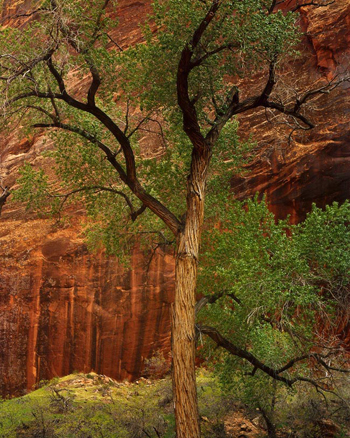
Eliot Porter, 1958-1975
Old Cottonwood Tree, from the portfolio Trees
Dye Transfer Print
24 x 20 inches
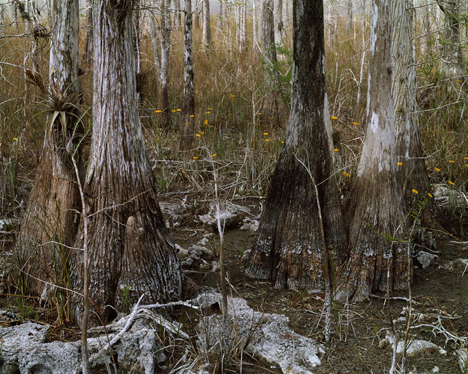
Eliot Porter, 1958-1975
Dry Cypress Swamp, from the portfolio Trees
Dye Transfer Print
24 x 20 inches
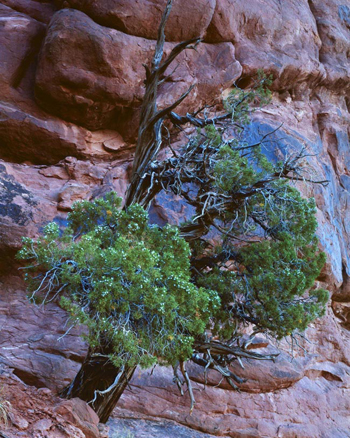
Eliot Porter, 1958-1975
Juniper Tree, from the portfolio Trees
Dye Transfer Print
24 x 20 inches.
Acknowledgment: After Image, Andrew Smith, Wikipedia



No comments:
Post a Comment